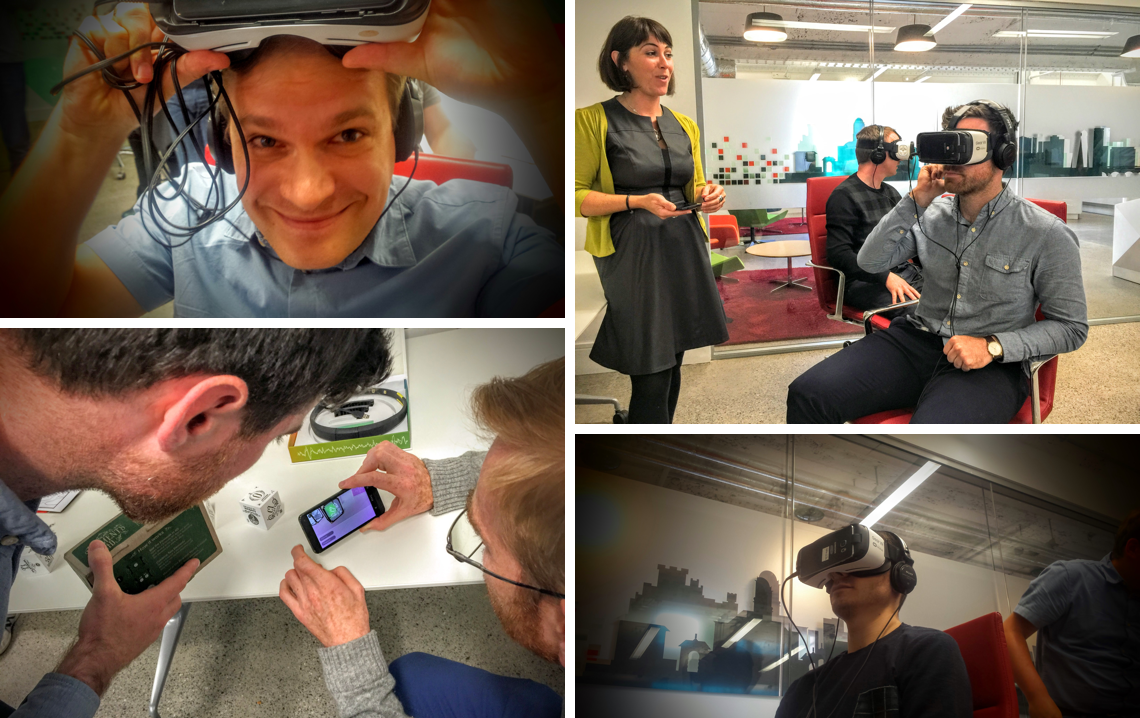Let’s get our glasses on! The Xwerx team recently explored the user experience design challenges of Virtual Reality (VR). We were guided in our discovery by Camille Donegan, founder of Alive-O Productions and organiser of a monthly Virtual Reality meetup at Filmbase.
Camille has an unconventional background, having conducted parallel careers in theatre production and IT. With VR, she believes she has found an ideal playground to marry technology and creativity. “This is the first time that a technology can literally put you in someone else’s shoes. It can be very emotional”, she says.

